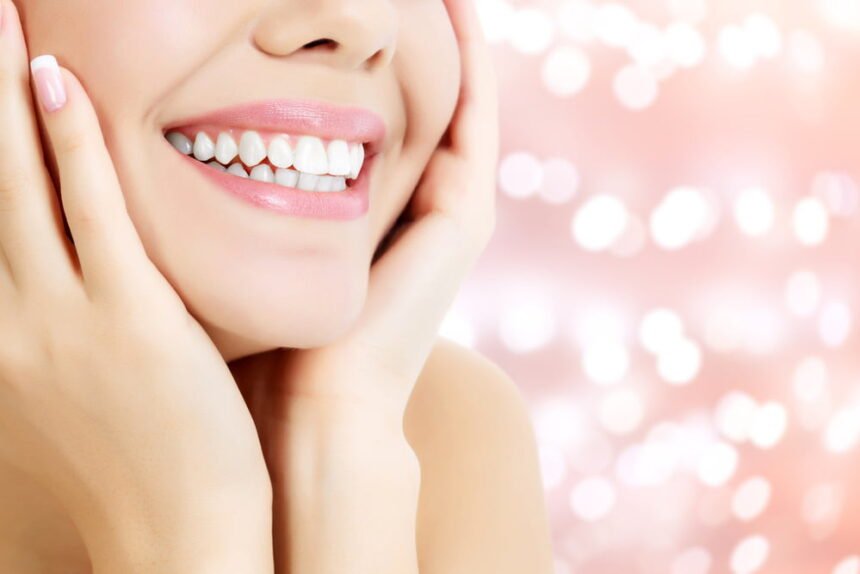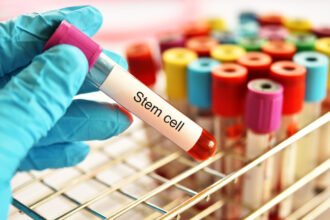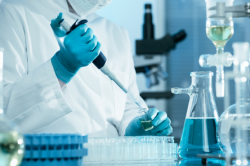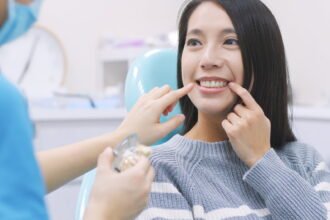There are a lot of things that you have to keep in mind when you are trying to practice good dental care. You obviously need to make sure that you brush thoroughly and floss every night.
However, despite your best efforts, you might still end up suffering from stained teeth. You are going to need to consider ways to reverse these stains. One option is to try teeth whitening. You can either whiten your teeth at the dentist or try doing so at home.
Some changes in your teeth’s color may not be obvious and occur gradually. A yellow hue may be inevitable.
As you get older, your teeth can become darker or more yellowed. The yellowy dentin beneath the outer enamel becomes more obvious as it wears down. The second layer of calcified tissue below the outer enamel layer is dentin.
There are many options available if you want to whiten your teeth such as whitening toothpaste, whitening strips, and at home whitening kits.
Yellow Teeth Remedies
Here are seven natural ways to get rid of yellow teeth.
You might be better to select a few treatments that you can rotate throughout the week. Although some of these suggestions do not have any research backing them, they have been shown to be effective in anecdotal reports.
Try different solutions until you find the one that works best for you.
1. Brushing Your Teeth
The first thing you should do is to brush your teeth in a more regular and correct manner. You should brush your teeth after you have consumed foods or drinks that may cause yellowing.
Be careful when brushing after drinking acidic foods or drinks. Brushing too soon can cause the acids to brush away more enamel, leading to erosion.
Brush your teeth twice daily for at least 2 minutes. You should get in all the crevices and cracks. To protect your gums, brush your teeth in a circular motion. Brush your teeth from the inside and outside.
According to a 2018 study, whitening toothpaste can also whiten your smile. These toothpastes are mildly abrasive and can be used to scrub the teeth to remove any surface stain. However, they are safe enough for use.
An electric toothbrush might also be more effective at removing surface stains.
2. Baking Soda, Hydrogen Peroxide
A paste of hydrogen peroxide and baking soda is used to remove stains and prevent future buildup.
To make a paste, mix 1 tablespoon baking soda and 2 tablespoons hydrogen peroxide. After brushing the paste, rinse your mouth with water. To make a mouthwash, you can use the same ingredients. You can also mix baking soda and water.
3. Coconut Oil Extraction
Coconut oil pulling helps whiten teeth and removes plaque and bacteria. You can buy high-quality, organic oil online. It doesn’t contain any harmful ingredients.
For 10-30 minutes, mix 1 to 2 teaspoons liquid coconut oil into your mouth. Do not let the oil touch your throat. Do not swallow the oil, as it can contain toxins and bacteria.
It is best to flush it down the toilet or into a trash bag, as it can block drains. After rinsing your mouth, drink a full glass. Next, brush your teeth.
No studies have been done to confirm that oil pulling can whiten teeth.
4. Apple Cider Vinegar
You can use very little amounts of apple cider vinegar to whiten your teeth.
Mix 2 teaspoons apple cider vinegar and 6 ounces water to make a mouthwash. For 30 seconds, mix the solution. Rinse with water, then brush your teeth.
It was found that apple vinegar can bleach the teeth of cows.
It is possible to cause tooth damage by affecting the hardness or surface structure. Use it sparingly and with caution. These findings require more human research.
5. Peels of Lemon, Orange, and Banana
People claim that lemon, orange, and banana peels can whiten your teeth. The compound d-limonene (or citric acid) found in citrus fruit peels is believed to help whiten teeth.
For approximately 2 minutes, gently rub the fruit peels onto your teeth. After rinsing, brush your teeth and rinse your mouth.
There is no scientific evidence to support the efficacy of fruit peels in whitening teeth.
We examined the effects of toothpaste containing 5 percent of d-limonene on removing stains from teeth that are caused by smoking or tea.
For 4 weeks, people who used toothpaste with d-limonene and a whitening formulation twice daily to reduce their smoking stains significantly. However, it did not remove tea stains or long-lasting smoking stains.
Additional studies are required to confirm if D-limonene works on its own.
6. Activated Charcoal
To remove stains from teeth, you can use activated carbon. Because charcoal is highly absorbent, it can be used to remove stains and pigments from your teeth. It is also said to remove bacteria and other toxins from the mouth.
Some kinds of toothpaste contain activated carbon and claim to whiten your teeth.
Place the activated charcoal in a capsule on your toothbrush. For 2 minutes, gently brush your teeth in small circular motions. You should be especially careful around your gums, as it can be very abrasive. Next, spit it all out. Do not brush too hard.
You can apply the charcoal directly to sensitive teeth or to reduce the abrasiveness. It should be left on for at least 2 minutes.
To make a mouthwash, you can mix activated charcoal and a little water. After 2 minutes, swish the solution around and then spit it back out. After using activated charcoal, rinse your mouth with water.
To prove activated charcoal’s effectiveness in teeth whitening, more scientific evidence is needed. A 2019 paper found that charcoal toothpaste could whiten teeth in as little as four weeks, but not as fast as other whitening toothpastes.
Research has shown that activated carbon can cause tooth decay and damage to tooth-colored restorations. This can make your teeth appear yellower.
Too much enamel can expose more yellowy dentin beneath. Use charcoal and charcoal-based toothpastes with caution, as there is not enough evidence to support their safety and effectiveness.
7. Consume Fruits and Vegetables with Higher Water Content
Consuming raw fruits and vegetables that have a high water content can help keep your teeth healthy. Water content is believed to clean your teeth and gums from plaque and bacteria that can lead to yellowing.
Consuming crunchy fruits and vegetables after a meal can increase saliva production. This will help remove food particles stuck to your teeth and eliminate any harmful acids.
Although it is clear that eating a high-quality diet of fruits and vegetables is beneficial for your overall health and dental health, there aren’t many scientific studies to support these claims. These healthy foods can be eaten throughout the day and won’t cause any harm.
In 2019, a review found that vitamin C deficiency may increase the severity of Periodontitis.
Although the study did not examine the effects of vitamin C on teeth’s whitening, it does link high levels of plasma vitamin C to healthy teeth. Research suggests that vitamin C may reduce yellowing of teeth due to plaque buildup.
A toothpaste that contained bromelain extract and papain showed remarkable stain removal. Papain is an enzyme that can be found in papaya. Bromelain can be found in pineapple.
These findings warrant further research.
What Causes Yellow-colored Teeth?
Teeth can turn yellow from many reasons.
Teeth can turn yellow starting at:
- Certain foods and drinks such as tea, red wine, blueberries or coffee are not recommended.
- A diet high in simple carbohydrates and sugar
- Tobacco chewing or smoking
- Side effects of some medications and mouthwashes
- Age is a factor in yellowing teeth, with older adults more likely to have them.
- Genetics
- Mouth trauma
- Fluoride excess
- Poor dental hygiene and poor oral care
- Chronic dry mouth or insufficient saliva
The bottom line
You have many options at home to whiten your teeth.
Be careful as you could damage your enamel and gums which can cause sensitivity or cavities. You can whiten your teeth by preventing stains from happening. Keep your mouth clean and get regular checkups.
Your dentist might be able help you decide if there is another way to treat your problem.









